Share this!
15 Facts You Might Not Know About Senegal
Are you interested in learning about a West African country that is rising in popularity? With a total population of 16.7 million people, Senegal is the place to go. Known for their vibrant culture, Senegal is a must-see destination tourists have raved about. Still unconvinced? Scroll down to see 15 facts and reasons why you should visit someday!
RELATED: Mesmerized by the Land of Boats: A Comprehensive Overview of My Gap Year in Senegal
1. Senegal will be the first African country to host the Olympics
In 2022, athletes from around the world will head to Senegal to compete in the Youth Olympic Games. This is a great time for the international community to discover the Land of Terranga. The Youth Olympic Games will be centered around three cities: Dakar, the capital of Senegal; the rapidly-expanding city of Diamniadio; and the beach town of Saly.
2. There are 7 UNESCO sites in Senegal
You cannot visit Senegal without visiting areas of cultural and natural significance. The country has 7 UN-recognized landmarks and pictures do not justify the beauty of seeing them in-person.
Gorée Island

Gorée Island is one of the most visited attractions in Senegal. With a history dating back to the 1400s, the island has gone through centuries of suffering. Prominent figures like Nelson Mandela have visited the island to pay their respects and urged the universal community not to repeat humanity’s mistake. Some prominent landmarks include the House of Slaves and a cannon used during WWII.
Niokolo-Koba National Reserve
If you want to see animals inside of a natural hideaway, this is the place for you. In the southern region of Kédougou, the endangered national park offers tourists and locals the opportunity to see animals in their natural habitat. Furthermore, those visiting can learn from rangers how they are fighting against global climate change and raise endangered animal populations on their own.
The Island of Saint-Louis

The city of Saint-Louis is divided between the mainland and the island. On the mainland, you can find most locals buying goods from the bustling produce and textile markets. Once you cross the Faidherbe bridge, you enter the island-portion of the city and you can walk around to see the island’s famous French-inspired architecture. If you want to visit, visit soon because this area is endangered by oceanic submersion in the next few decades.
Fun fact: the city was the first capital of Senegal when the French were colonizing the country.
Djoudj National Bird Sanctuary
When it is time to migrate in the winter, over three million birds arrive at this bird sanctuary. Djoudj is also the perfect habitat for other animals, ranging from crocodiles to water buffaloes, throughout the year. If you are planning to visit the north of Senegal, make sure to make a pit-stop in Saint-Louis before heading to this unique ecosystem.
The natural wonders of southeastern Senegal
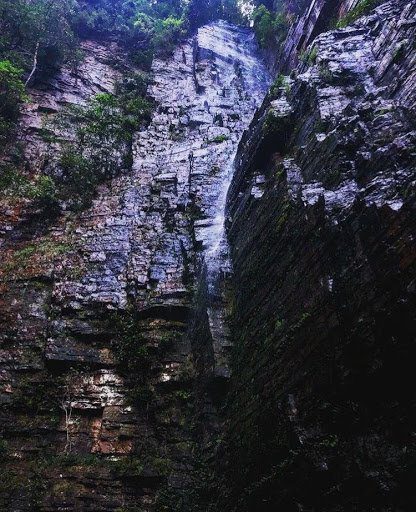
The Bassari Country provides visitors the chance to immerse themselves in a natural paradise and experience traditional Senegalese culture. In addition to being the home of the Niokolo-Koba National Reserve, this is a place where people of Senegalese descent reconnect with their forgotten history. If you want to disconnect yourself with technology and connect yourself with nature, there are cliffs that overlook the Kédougou region and a waterfall that’s over 100 feet high!
The Stone Circles of Senegambia
Like Stonehenge, the origins of these formations are a mystery. Archeologists have investigated the stone circles to estimate how long the surrounding areas have been inhabited. Using their findings, researchers were able to develop a timeline that provided insight into the history of civilization and technology in the region. There are 4 major locations where you can visit these stone circles.
Saloum Delta
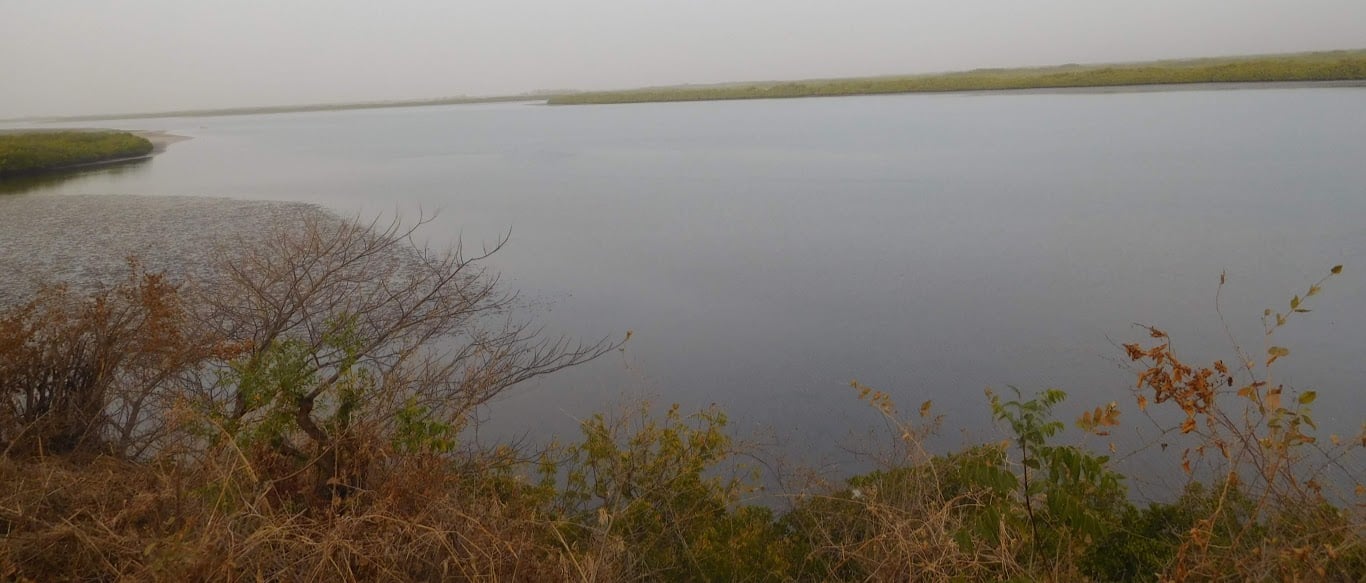
Located above the Senegal-Gambia border, the delta is home to over 100 islands. Similar to the Djoudj National Bird Sanctuary, many species of animals call this area home and you can see them up-close on a boat tour. If you are adventurous, you can swim in the delta and explore the inside of breathtaking islands.
3. There is an annual pilgrimage where over 1 million West Africans participate in
Known as the Hajj of Senegal, Magal Touba is the event for Baay Fall practitioners. Each October, followers from all parts of West Africa will trek to the illustrious religious capital of Touba and pray for their founder Serigne Touba. Leading up to the event, major cities will host week-long festivals filled with food and praying. Another prominent holiday Mourids celebrate is Tabaski.
4. Although the country is 93% Muslim, Senegal’s first president was Catholic
Renowned poet Léopold Sédar Senghor made the call for independence starting in 1959. He believed in federalism and rallied to form the Federal Assembly of West Africa after France left the region. Despite the low success of the assembly, Senghor later became the first president of Senegal. Senghor was president from 1960 to 1980.
Bonus fact: Senghor’s idea to have a museum dedicated to black history was made true in December of 2018.
5. Senegal’s most popular sport is laamb (wrestling), not soccer
Although soccer is perceived as the national sport of Senegal, the grand sport of them all is wrestling. When a major fight is held in Senegal, over 70,000 spectators flood stadiums to cheer on their favorite wrestler. In January of 2019, wrestlers Modou Lo and Balla Gaye had the “fight of the century” at Dakar’s Senghor stadium.
6. The most western point of continental Africa is the capital of Senegal
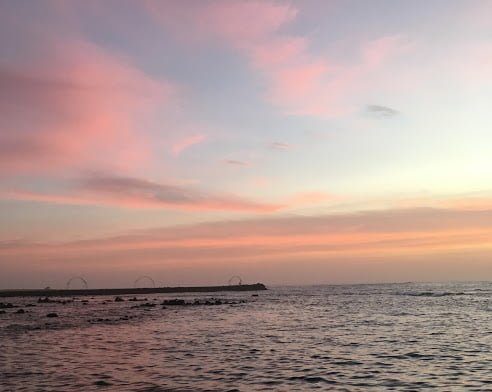
Located in the neighborhood of Almadies, you can walk to the most western point of continental Africa. Around the area, you can try local seafood on “restaurant row” and shop at an artisanal village. Nearby, you can head to Mamelles Lighthouse for a tour of the building and see Dakar from a high elevation.
7. Over 20 ethnic groups call Senegal their home
You might not expect this, but ethnic diversity is emphasized in Senegal. Although the Land of Terranga is united as one country, there are unique communities that have developed their own cultures and languages. People in Senegal typically speak more than one language and continue practicing customs after leaving their birthplace. Prominent ethnic groups include the Wolof and Pulaar people.
8. Akon is Senegalese
Born Aliaume Damala Badara Akon Thiam, Akon lived in Senegal during his childhood. He revealed in 2018 that he would be developing his own cryptocurrency to bolster economic activity in his ancestral country. While Akon has since left Senegal and is identified as an American singer-songwriter, you can still hear his songs while riding taxis in Senegal.
9. Dakar holds over 30 percent of Senegal’s total population
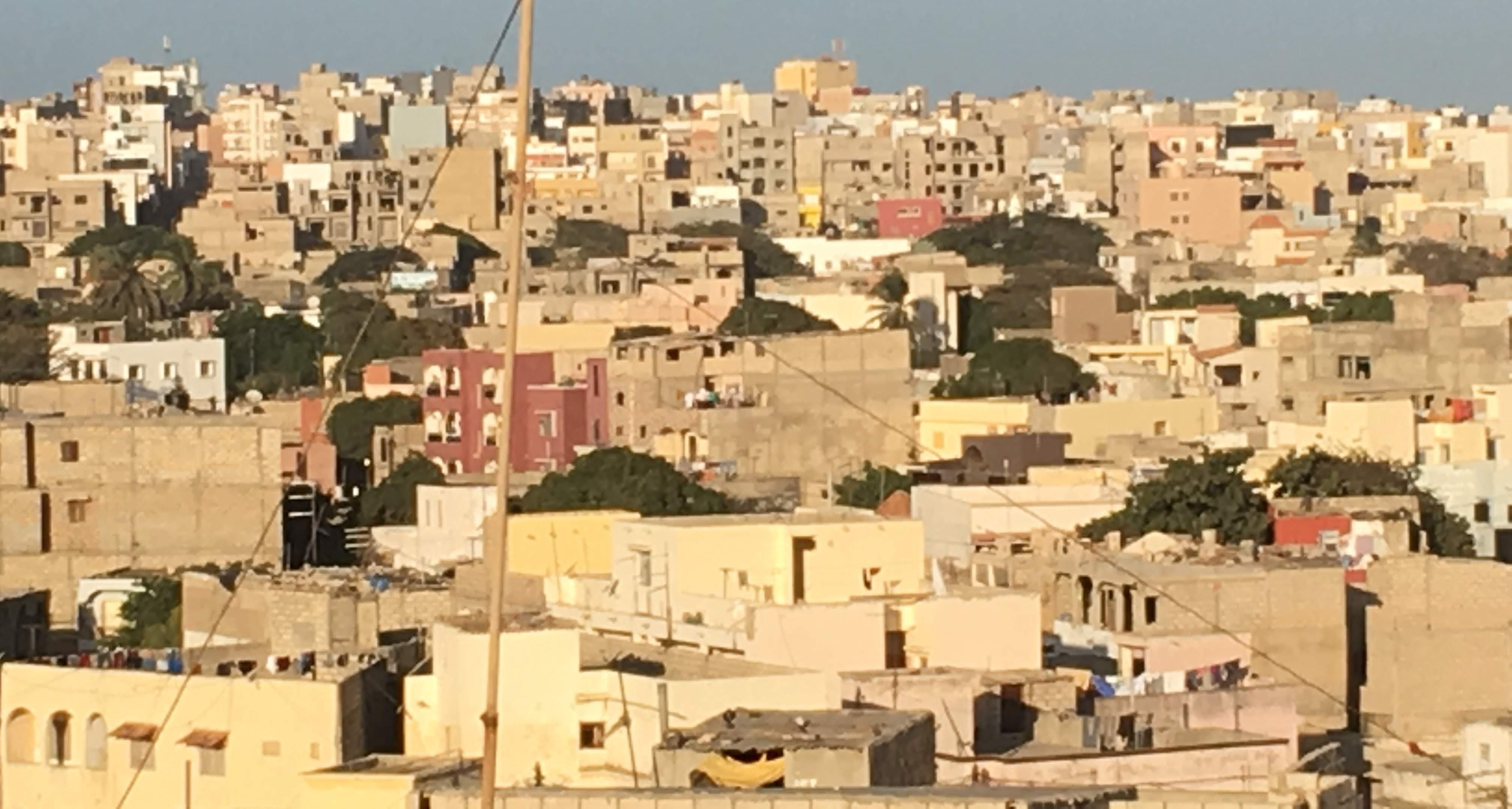
A whopping 5 million locals call Dakar their home. Due to the high amount of political and economic activity, the capital of Senegal is the hub of all things important. The president’s house is located in Dakar-Plateau and key political institutions are scattered throughout the city. Once you reach the business district of the city, you will find the West African headquarters of many French-owned companies. Despite the heavy focus of companies wanting to establish hubs in Dakar, most of Dakar’s population live a simple life by producing goods and selling them at markets.
10. The two biggest exports from Senegal are peanuts and fish
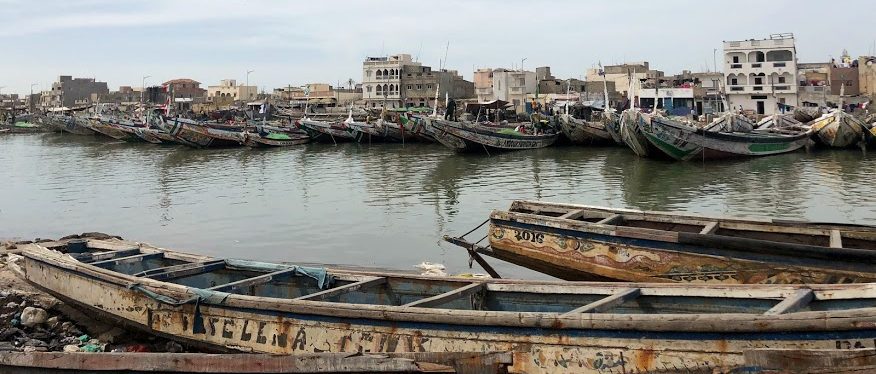
The bulk of Senegal’s labor involves peanut farming and fishing. Peanut production accounts for forty percent of cultivated land in Senegal and at one point farmers produced over a million tons of unprocessed peanuts in one year. Senegal’s location along the Atlantic coast has made fishing a common practice for locals. Modest fishing towns have arisen due to this popular activity and many fishermen take pride in their elaborate fishing boats.
11. Senegal has never suffered a coup d’état
If you are wary of the political climate in Senegal, you should not! Senegal maintains a level of peace with its citizens and international allies, making the country one of the safest to visit in Africa. The government has never faced an attempt at a military takeover in its history as a nation. On the global stage, Senegal remains neutral when it comes to “picking sides” and has never participated in any wars with neighboring countries.
12. You can find goats and sheep everywhere in Senegal!
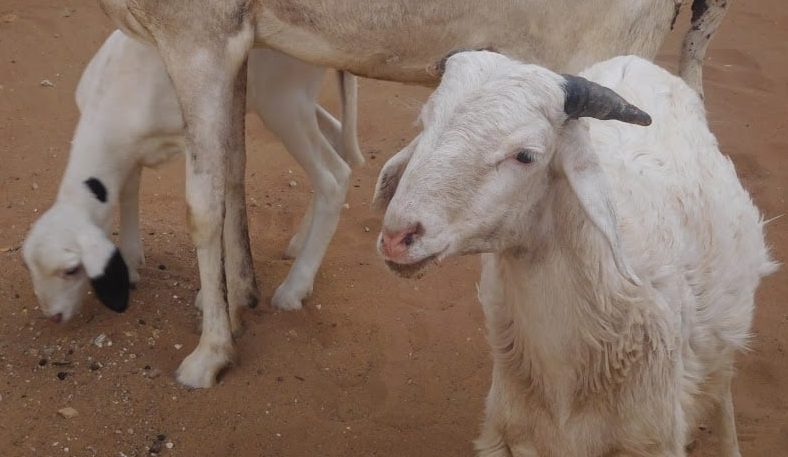
You know you are in Senegal when you find goats and sheep walking through houses and markets. Our friendly animals have a spiritual significance in the country. During the holiday of Tabaski, families sacrifice a male sheep as an offering for God in exchange for spiritual fulfillment. In addition to that, many taxi drivers will have the tail of a sheep hanging from their taxi’s rear as a means of good luck.
13. The fruit of the baobab tree is called bouye
Do you know those massive trees that are well-known across the African continent? They are called baobab trees, and they produce fruit when they are in season. When you spot a fruit hanging from a tree, do not eat it immediately as you must break the outer layer and then crush the bouye fruit for consumption. Alongside bissap juice, bouye juice can be found in any food vendor and both juices are considered national drinks of Senegal.
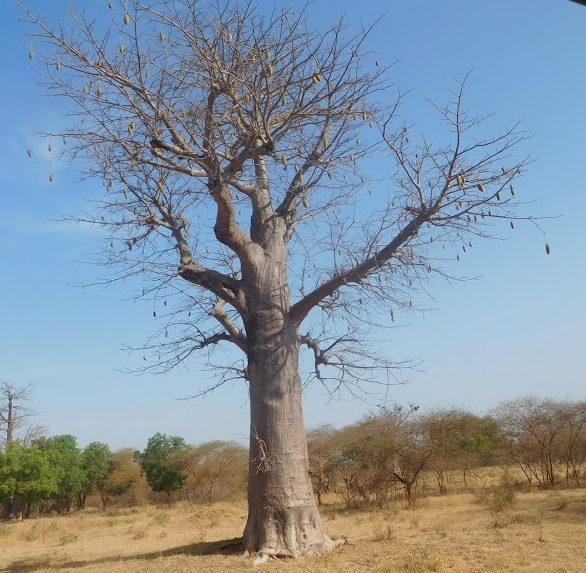
14. The unofficial dessert of Senegal is thiakry
Thiakry (ch-a-k-ree) is a dish served at Senegalese festivities and sometimes after dinner. It is a blended mix of vanilla yogurt and millet that can be added with additional sugar. This delectable treat can be found in markets and is sold in plastic bags.
15. There is a pink lake!
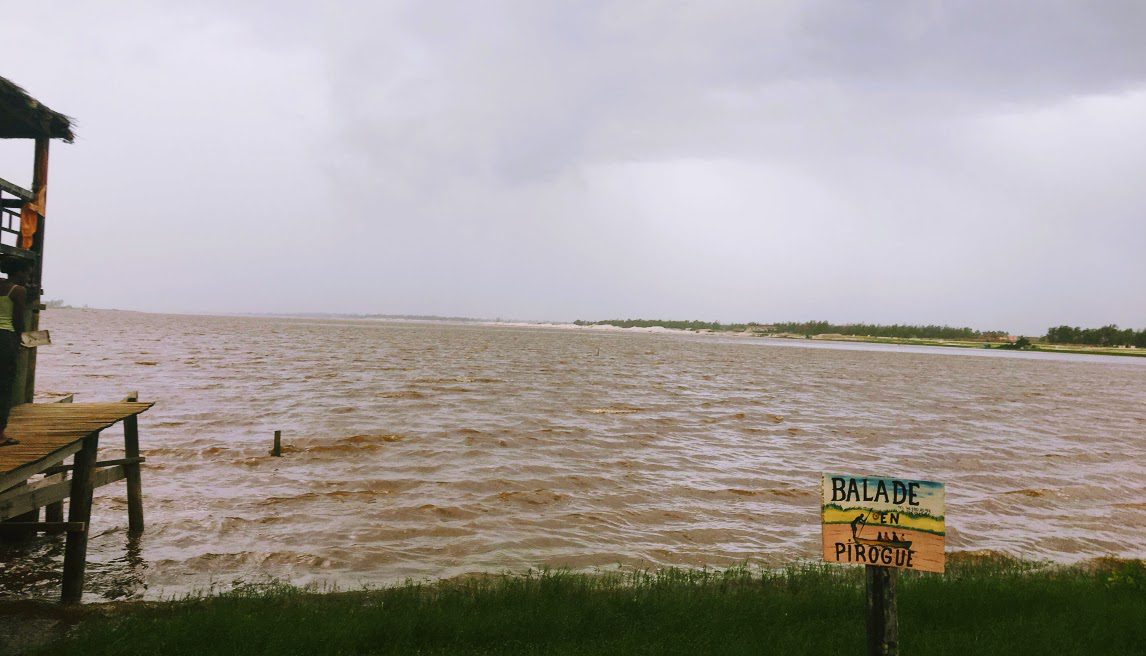
If you head one hour east of metropolitan Dakar, you can reach Lac Retba – better known as the Pink Lake. The reason the lake is pink is because of the high concentration of salt. The lake contains bacteria that can only survive under this peculiar condition and give off a pink color when absorbing sunlight. If you are interested in visiting the lake, try going during December or January when Senegal is experiencing the dry season.
So, what are you waiting for? Head over to this West African gem and immerse yourself in a land that will surely surprise you.
About Demand Africa
Demand Africa offers 24-7 access to the largest curated collection of Pan-African TV shows, series, soaps, movies and lifestyle entertainment direct from the continent. Demand Africa goes to Nollywood and beyond to offer a deeper connection to the continent. Explore the culture, people, places and traditions of Africa and stream with IMPACT. Now streaming over 1,000 hours, with content added monthly. 60% of your monthly subscription goes to the featured creators and distributors on Demand Africa.




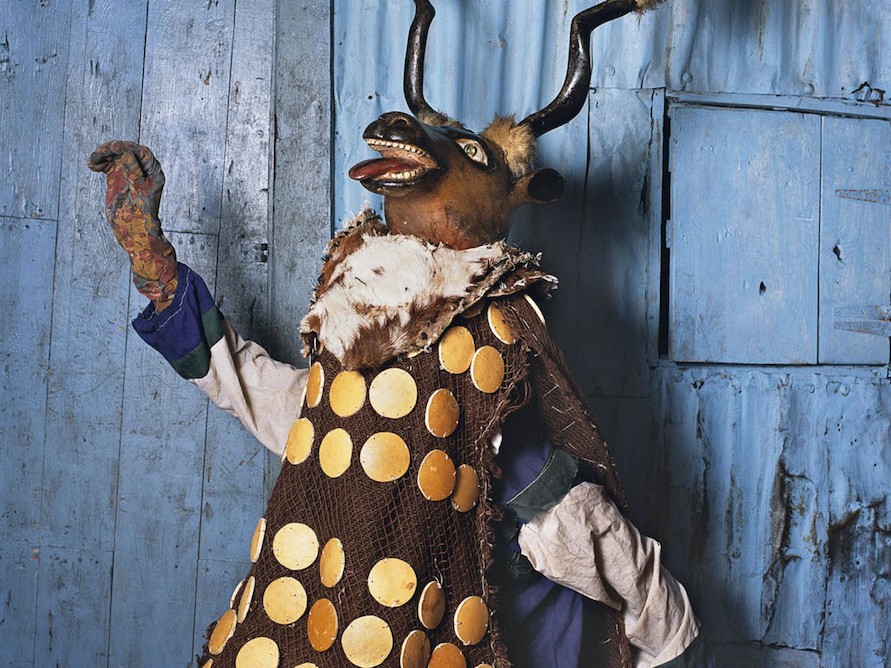
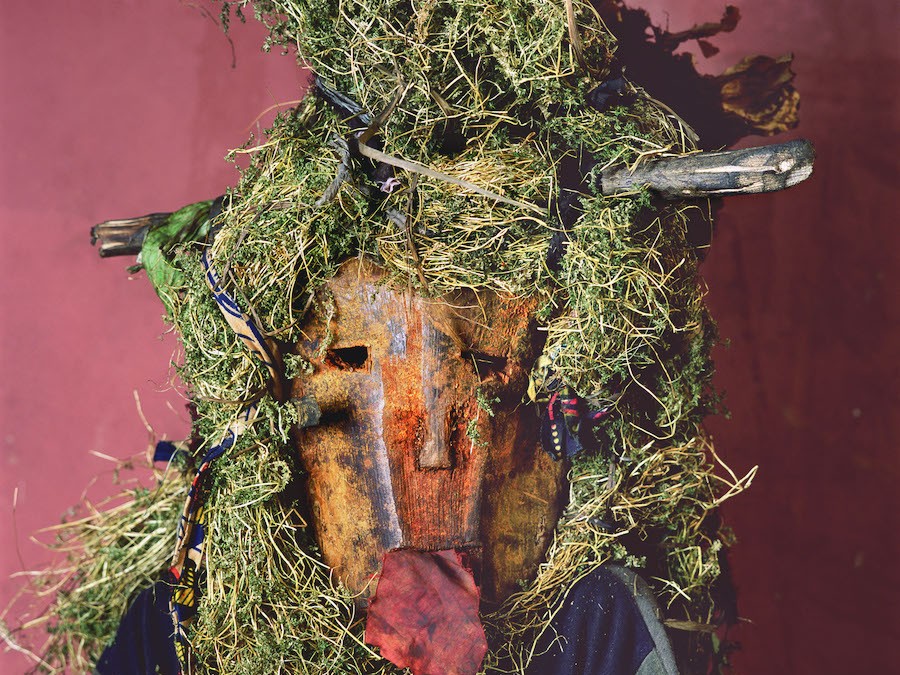

Excellent source of info